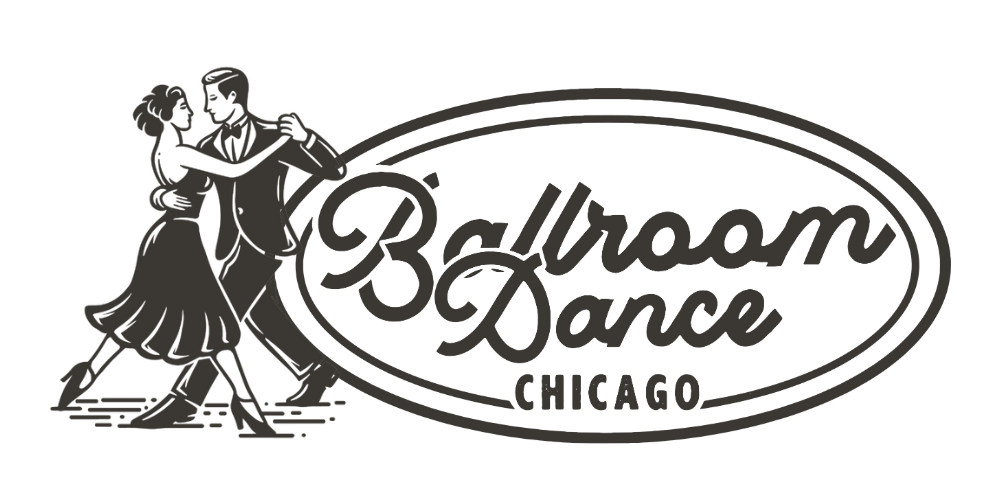BDC Credo: Teaching Philosophy
At Ballroom Dance Chicago, we’re constantly examining and exploring our roles as dancers, teachers, and inspired individuals in the lives of our students and the wider Chicago community. To deepen and expand our understanding of these roles, we’ve taken to individually writing and sharing our responses to some of the principles we’ve devised to guide Ballroom Dance Chicago.
How does Ballroom Dance Chicago’s teaching philosophy differ from other dance studios?
Matthew Sove:
Ballroom dance studio pedagogy is typically dictated by a syllabus, a chart for what steps to teach, in what order, and with what level of technique. The way it typically works is that you begin at the beginning with every client and work through the syllabus, step-by-step, slowly introducing concepts related to that dance style. This type of teaching doesn’t have the clients’ best interests in mind because it doesn’t take into account the individual ability and desires of each student (it’s also a way for dance studios to slow down the learning process, making the students take more time to reach their desired level of proficiency.
At Ballroom Dance Chicago, we believe that our students are capable and we take risks in our teaching and expect a lot from our clients. What we’ve found is that when we assume our clients are capable, intelligent people, they rise to the occasion and learn much more than if we assumed they were incapable. Our goal is to, as efficiently as possible, elevate our clients’ dance abilities. And we believe that if we teach to our highest ability and create a warm, welcoming learning environment, our students will be inspired to keep learning, well after they have reached their initial goals.
Lydia Feuerhelm:
At many dance studios, teachers assume that because students are new to dancing, that they must be taught as if they are incapable. Not so! At Ballroom Dance Chicago, we know that the diverse prior experiences and educations our students have had are valuable to the learning process. Whether it’s an understanding of athletic activities, music, or even advanced chemistry, we believe that the most successful path to teaching beginners is to relate new material to past experience. We are dedicated to drawing connections from dancing to the activities and ideas that students already understand, so that they can feel successful in this new activity. By doing this, it allows students to take ownership and gain confidence with the material at a much more accelerated rate.
By having this approach, we not only teach uniquely to each student, but we also alter and let go of following a particular syllabus. This method offers students both a personalized version of dance steps and an opportunity to explore, invent, and engage more deeply with learning to dance.
Cathy Gilpin:
Most studios that teach beginner ballroom dance and other forms of social dance have their curriculum down to a science. So much so, that most can expect to learn a specific series of moves within their first few lessons. This is due to a couple of different reasons.
The syllabus tells them so.
Competitively trained dancers developed their skills using one of a couple different dance association approved curriculum. These syllabi are based on the standards of learning to dance for the purposes of competition and are completely relevant for those purposes considering the fact that your understanding of that knowledge and ability to dance “technically correctly” according to them directly impacts your success in the competitive dance world. The problem is that, while there are plenty of useful concepts that are derived from learning these prescribed movements, the very basic material takes a long time to learn while only scratching the mere surface of useful partner dance knowledge.They want to sell more lessons.
Yes. It’s true. Some dance studios pressure their staff to withhold information, regardless of how their student is excelling, so that the student will want to continue purchasing lessons so they can reach a point where they feel as if they’ve learned something substantial. Shady, right?
At BDC, we want our students to feel competent and capable of dancing right out of the gate. We accomplish this by letting go of the traditions of following syllabi order once it no longer serves us.
Read more of the BDC Credo.
